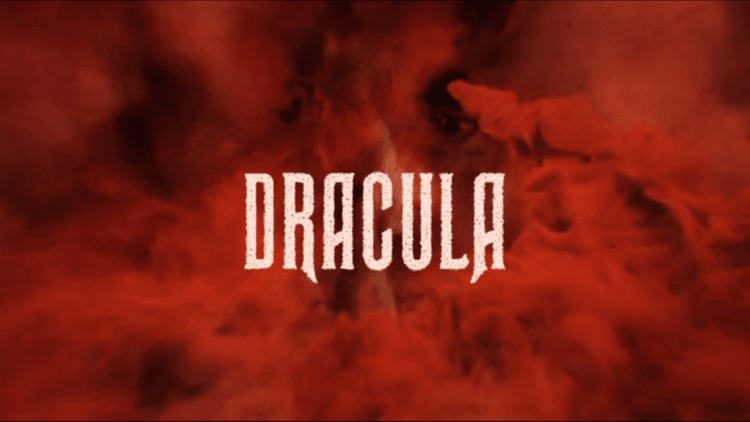
Mark Gatiss and Stephen Moffat (Sherlock, Doctor Who) bring the legendary vampire to Netflix with the best kind of reinvention: beholden to its source material, yet contemporary and profane in ways that only add to the lore. There are no pop songs here, just a great orchestral score that echoes the Hammer films of the past and lots of gnarly gore effects (there’s a jaw-dropping transformation scene). This premiere episode is unabashedly Gothic, faithful to Bram Stroker’s creation for the majority of the episode with the exception of that jarring opening that lets us know everything is on the table.
I’ll say upfront that Gatiss and Moffat’s new take succeeds because the following review is spoiler-filled. This is very much a recommend, but do come back once you’ve seen it. If you’re a horror fan, this show is a must-see, and I’m curious if you’ll enjoy their mix of humor and darkness as much as I did. Gatiss is a known horror historian, and that love shines through.
*****
If you’ve read the novel or seen an adaptation, you know the premise: It’s 1897, and lawyer Jonathan Harker (John Heffernan) travels to Count Dracula’s castle, under the guise of employment. He’s now in a long-distance relationship with his fiance, Mina (Morfydd Clark) who’s promised to write letters. Once Harker arrives at the isolated castle, the Count (brought to life by the excellent Claes Bang) appears to welcome the lawyer. Dracula is old, his face a drop of wrinkles.
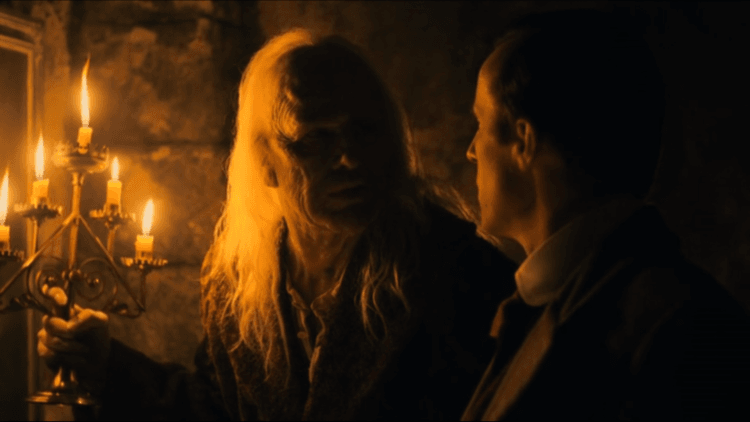
The episode promptly strips the mystery away from Harker’s fate, as it opens with what’s left of the man, having sought asylum at a nun’s covenant. He’s hairless, his skin rotting away (very reminiscent of Jeffery Combs near the end of Stuart Gordon’s From Beyond). Two nuns arrive to interview him, having read his account of the Transylvania stay. Sister Agatha (Dolly Wells), like a good investigator, has many questions for Harker. Her companion nun sits by, mostly quiet. The first big question: “Did you have sexual intercourse with Count Dracula?” Oh my.
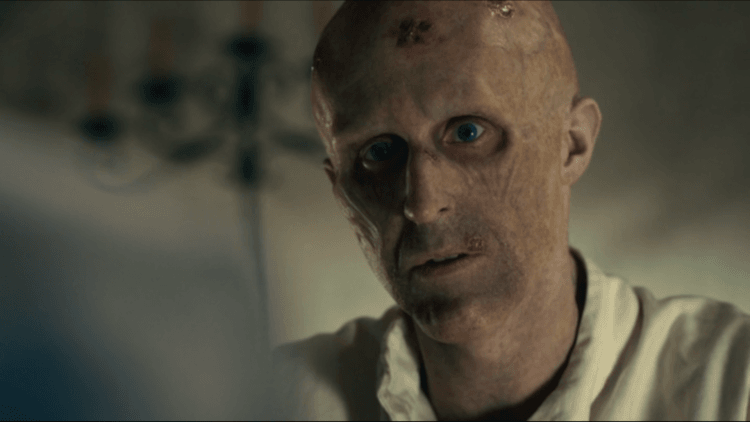
Dracula is frank about its sexual dynamics, but not in the way you’d think. The Count is very much a rapist, a monster who takes without asking. His victim, Jonathan Harker, is boyish, often submissive; when he tries to be otherwise, he’s ignored. Dracula himself is layered: a little crusty early on, but jovial and flirtatious, sprinting about despite looking ancient. He’s also very callous.
Throughout the episode, director Jonny Campbell captures Bang’s blood-red eyes and gaping maw in a way clearly inspired by Christopher Lee’s version. Bang’s Dracula somehow embodies Lugosi, Lee, and even Frank Langella. My favorite moments come when he gives in to his campier side, going sing-songy on occasion (“There is no ba-by”). Speaking of music, he claims to have eaten Mozart.

Classically, the Count absorbs Harker’s lifeforce during his stay; the two switch appearances, with Drac aging backwards and Harker losing his luster (yikes, that fingernail loss scene!). While trying to escape, the lawyer finds his predecessor’s belongings stowed away, with the dead squeezed into crates — not coffins, but square boxes that can’t accommodate the human body. The visual of these rotten denizens untangling themselves is a horrific treat, just one of many quality special effects in Dracula. These vampires are hardly the lusty maidens of prior adaptations.
Gatiss and Moffat exchange flies for bats in the famous “children of the night” scene, with Dracula affectionately cooing, “flies are man’s companions for the end.” The castle itself is as mysterious as its owner, with architect lore of hidden maps and paintings that resemble Hammer icon Peter Cushing. The labyrinth is real, making Harker “enfeebled and trapped.” Sister Agatha is skeptical about Harker’s descriptions, but he reveals his discovery of a map, hidden in the portrait of the architect’s beloved; she was his sunlight, while he stood guard at the exit door (two secrets in one!).
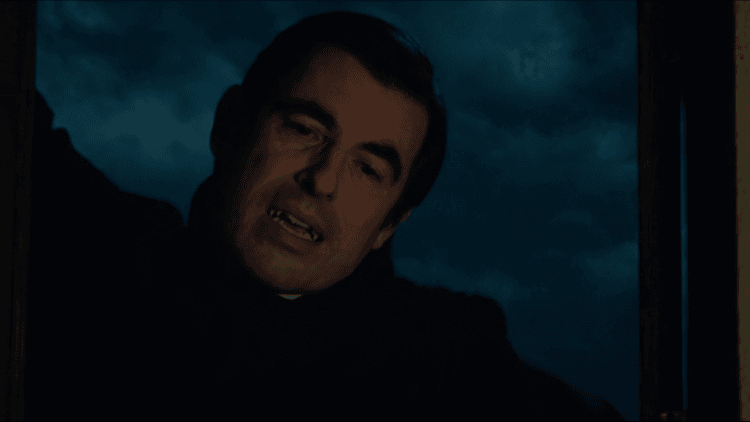
But this secret door leads to a laboratory, rather than an exit. It’s a peculiar place, where a woman suddenly pops out of a box with a glass feeding bulb (think gerbil habitat). “What’s England?” she asks when Harker tries to talk with her. They’re both trapped here, and she’s starving.
Earlier in the episode, Dracula forced the weakened Harker to write letters home to explain why he wouldn’t return. Harker — delirious — hears a baby crying and pleads with Dracula to make sense of what’s happening. The Count reassures him that there isn’t any baby as he carries an infant upstairs. It’s an unsettling moment, made worse once Harker discovers the child in the feeding bowl of this mysterious woman. Even worse, the baby is –never mind. You have to experience that moment for yourself.
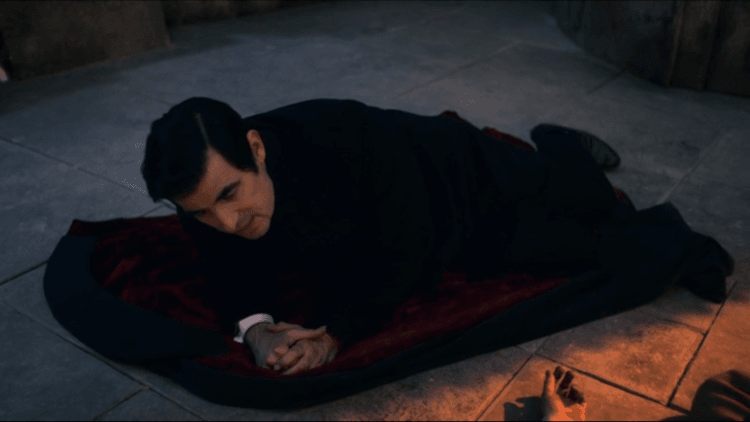
In the present, Sister Agatha asks about Harker’s possible sex dreams, because nuns gotta know. “Don’t worry,” she says, dreams are sin without consequence!” Eventually, Agatha reveals her purpose to Harker: there’s an undead “contagion,” where one “loses the divine ability to die,” but continues to rot. The exploration of vampire tropes are a brilliant aspect of this show — death as a divine ability? I never thought about it that way. Along with Harker’s flesh, his mind rots. He no longer recalls Mina, who — surprise — is the other nun. She’s been in front of the poor soul this whole time. They’re reunited, but the question remains: how did Harker escape the castle?
He falls, that’s how. Drug to the castle top, he makes his plunge after the sun reflects off his cross necklace onto Dracula. For Sister Agatha, this weakness is new knowledge, and she’s overjoyed: “God is real!”
And this is where “Rules of the Beast” strays from the classic story. Dracula comes calling with a swarm of bats, and he’s here for nun blood. Harker is faced with a decision — to feast on Mina or ask her to stake him. She tries to convince him that he’s still her “Johnny Blue Eyes,” but his thirst is too strong, and he stakes himself.
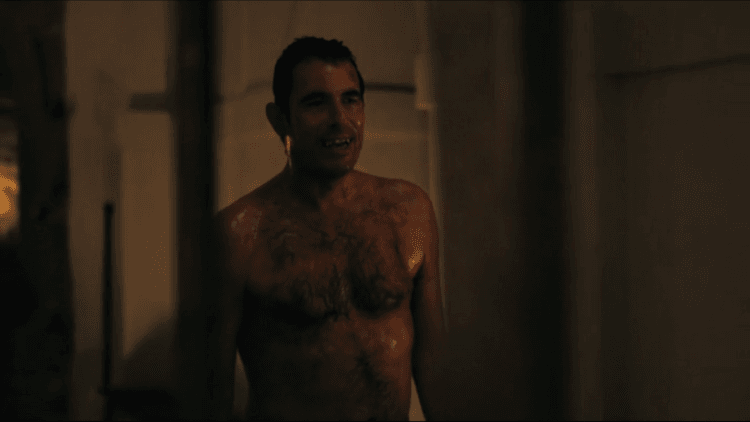
In the courtyard, Agatha and Mother Superior (Joanna Scanlan) face off with Dracula, who manifests from the possessed body of a black dog. It’s a disgusting entrance, as his body unfolds from within the dog. He tears his way out and emerges nude, covered in blood. My jaw dropped. “I don’t know about you girls, but I do love a bit of fur,” he quips.
But Agatha calls his bluff. This is an excellent scene where the two try to outwit the other, and the actors bring it. She opens the gate, just to unwelcome him! Bold. “Is it a feeling or a force that stops you,” she wonders. But all he needs is one weak nun to invite him in, he snarls. Still defiant, she offers him “scraps” by slicing her hand open, then slings her blood at him. “Don’t speak with your mouth full,” she taunts. Finally, he recognizes her heritage: she’s a Van Helsing (the reveal is cooler than it sounds). “I’m your worst nightmare — an educated women with a crucifix,” she retorts.
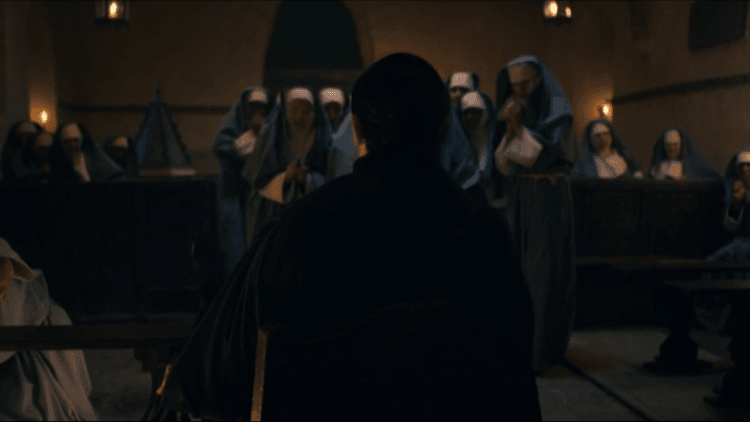
And thus we have our story: women with knowledge and vengeful motivations versus the destructive weaknesses of men. Dracula’s addiction to lifeblood, and Harker’s arguably selfish desire to keep living results in the destruction of others. When Harker told Mina, “I am nothing,” it was pitiful, but his actions show this is unacceptable, even if it means dooming the entire country. Dracula creeps into a tower window, where Harker lies, and offers to assist him (one cannot stake themselves). All Harker has to do is invite the Count in, and he does.
This choice results in a gloriously depraved scene of Dracula casually murdering the nuns, while Mina and Agatha run for safety. Harker arrives to find the women, confessing what he did, but offering to help. Against Sister Agatha’s warnings, Mina invites him over, only to say, “Why aren’t your eyes blue anymore?”
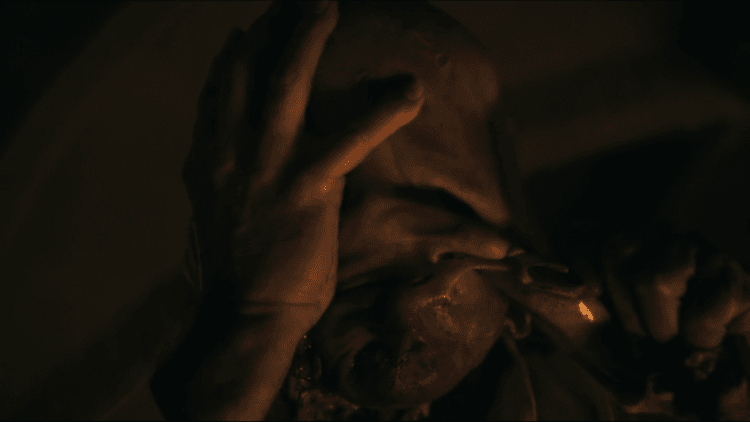
Dracula Leatherfaced Harker! He tears off Harker’s face, emerging as he did from the black dog. “I’ve been dying to meet you,” he says, and the episode ends.
I’m already hungry for more.
Reviewed via Netflix
